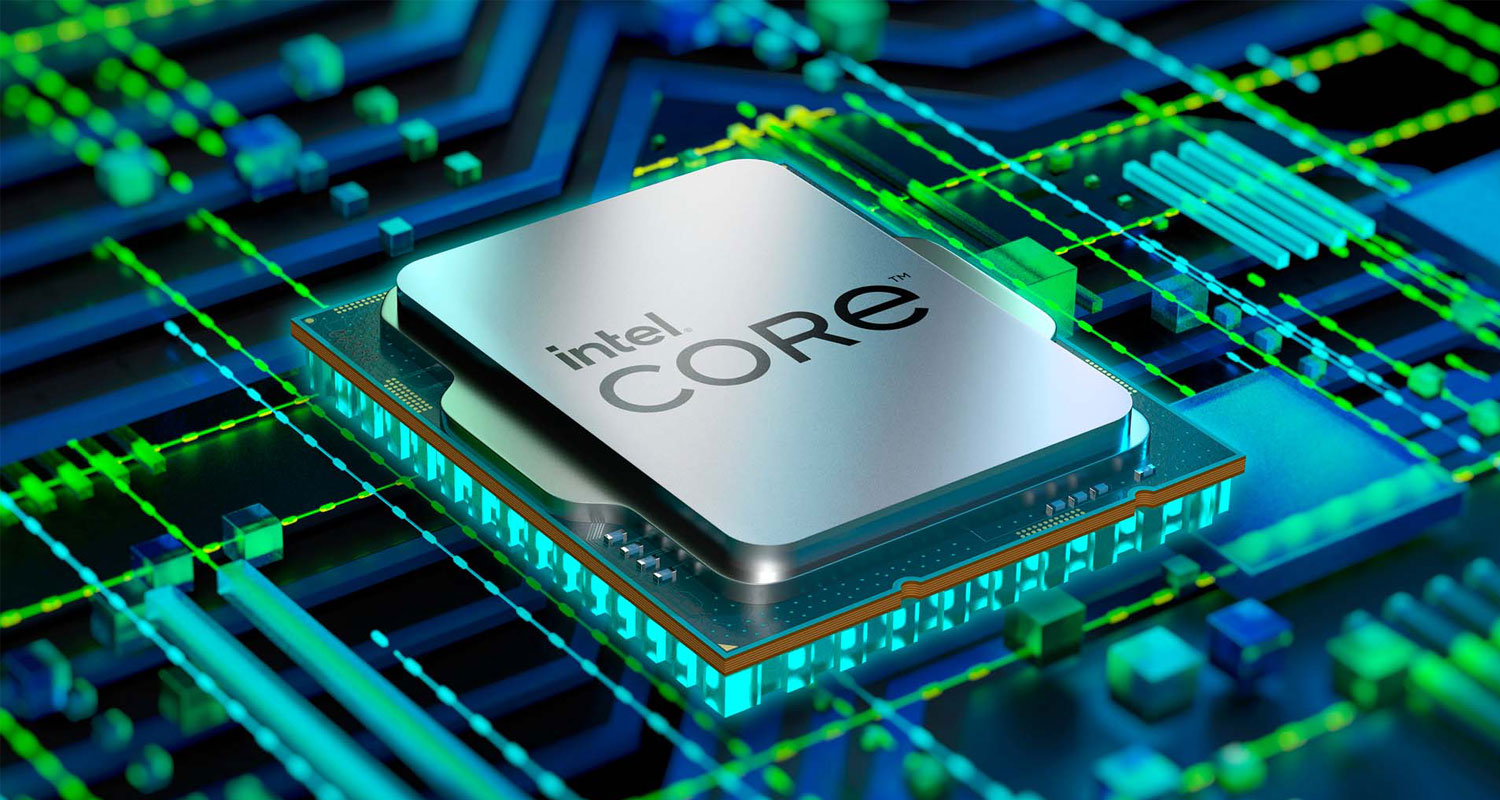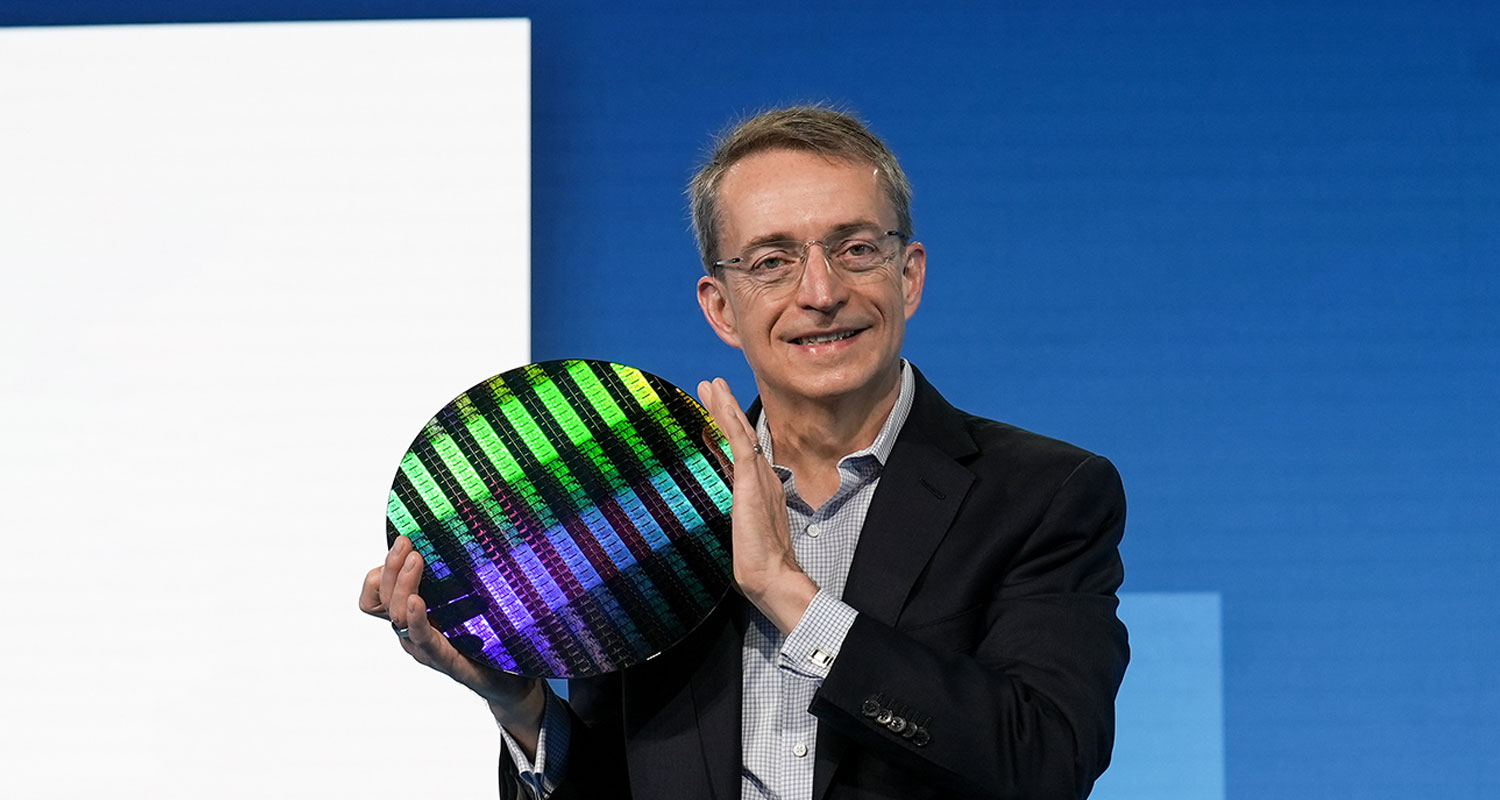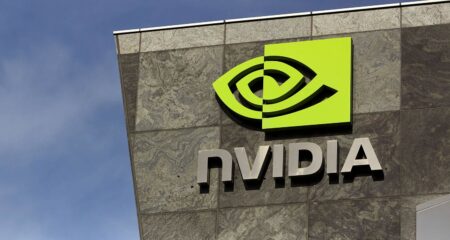 Intel is hitting all the targets it has set on a path to regain leadership in semiconductor manufacturing, according to the executive responsible for the effort.
Intel is hitting all the targets it has set on a path to regain leadership in semiconductor manufacturing, according to the executive responsible for the effort.
“We’re completely on track,” Intel vice president Ann Kelleher, the head of technology development, said on Monday in a press briefing in San Francisco. “We do quarterly milestones, and according to those milestones we’re ahead or on track.”
Intel CEO Pat Gelsinger has vowed to regain leadership in production technology, formerly one of the foundations of the company’s decades of dominance in the US$580-billion industry. Kelleher’s team is trying to make up for the chip maker’s delay in delivering a manufacturing technique that arrived five years later than originally promised. The group is accelerating the effort to introduce new processes at an unprecedented pace.
If Gelsinger’s plan succeeds, Intel stands to reverse market share losses to rivals such as AMD and Nvidia. Better production will also allow Intel to attract customers for the CEO’s attempt to take on Taiwan’s TSMC and South Korea’s Samsung Electronics in the growing business of contract manufacturing — making semiconductors for other chip companies.
Kelleher said Intel is taking a far more pragmatic approach than in the past, building in contingency plans to make sure there are no more major delays. It’s also relying more on equipment vendors for help, rather than trying to do all of the work itself, she said.
“Intel in the past had high walls in terms of not sharing,” said Kelleher, who has been with the Santa Clara, California-based company for more than 30 years. “We don’t need to lead in everything.”
Under pressure
Intel is trying to improve its manufacturing capabilities as it struggles with declining revenue and a steep drop in demand for PCs, which generate more than half its sales. In October, the company said actions including headcount reductions and slower spending on new plants will result in savings of US$3-billion next year, with annual cuts swelling to much as $10-billion by the end of 2025.
Manufacturing chips with better production — with improvements designated in smaller numbers of nanometres, or billionths of a metre — makes factories more efficient and improves the ability of the electronic components to store and process data in a more efficient way.
Intel is currently mass producing 7nm chips. It is ready to start manufacturing 4nm semiconductors and will be ready to move to 3nm in the second half of 2023, Kelleher said. Originally a measure of the main part of a transistor, the nanometre term is now more loosely applied to signify how advanced companies are relative to their rivals.
Kelleher, who worked her way through Intel’s ranks after starting in its factories, has a prosaic view of the marketing terminology used to compare technology capabilities across the industry. “Seven measures nothing, we might as well call it ‘George’,” she said.

While terms like 7nm may have little relevance to the actual world of chip production these days, Kelleher is committed to restoring Intel’s lustre. She said her budget is secure and won’t be affected by the company’s cost cuts.
Currently TSMC and Samsung are widely credited with having overtaken Intel in production technology. The Taiwanese company pioneered the business of making chips for others, and both companies are now central to the global supply chain. That includes making components for companies including Apple, Qualcomm and Amazon.com, as well as direct Intel rivals such as AMD and Nvidia. — (c) 2022 Bloomberg LP




